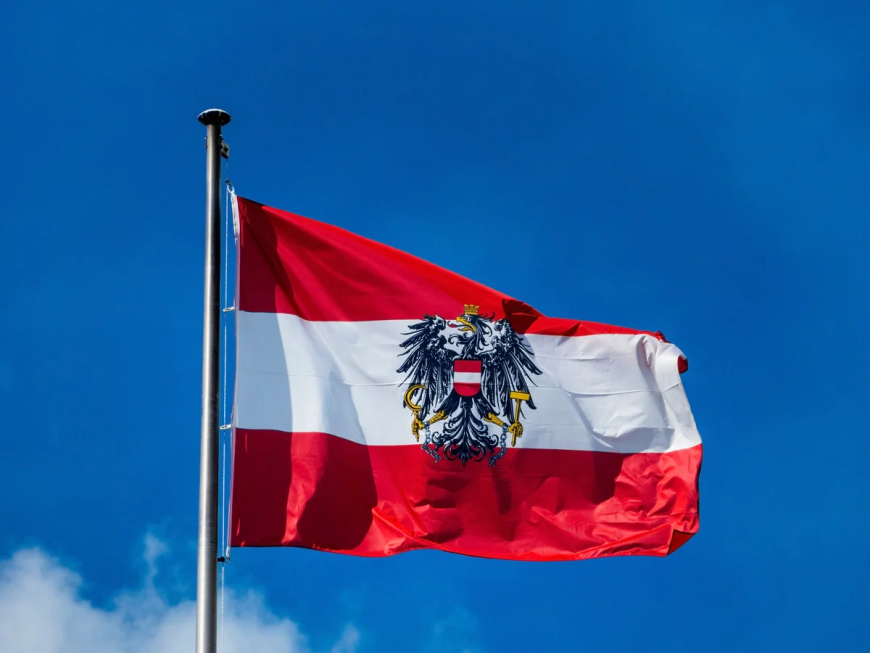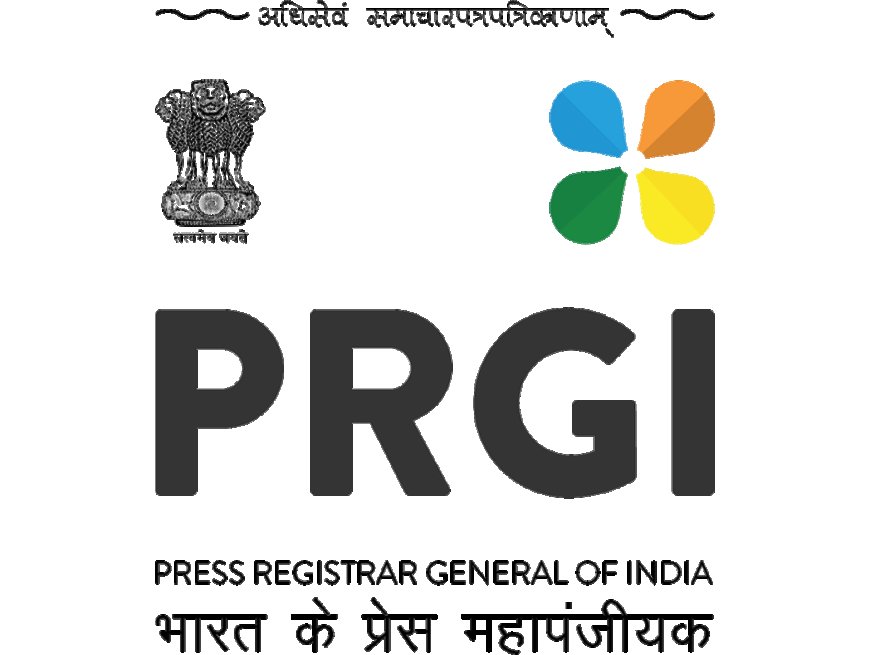Austria Joins Major European Nations in Reinstating Border Controls, Signaling Shift in Schengen Travel
Austria joins Poland, Italy, France, and Germany in reinstating border controls in 2025, marking a shift in Schengen travel due to migration and security concerns.

Austria has formally reintroduced border controls, joining Poland, Italy, France, Germany, and several other key European countries in a significant move that marks a shift in the free travel regime under the Schengen Agreement. This decision, effective from August 2025, is primarily driven by growing concerns over irregular migration, cross-border crime, and broader security challenges facing the continent.
The reinstatement of these controls reflects mounting pressures on the Schengen zone, the passport-free travel area established to facilitate free movement across much of Europe. Austria’s move signals a broader trend among European nations balancing security imperatives with the economic and social benefits of open borders.
Background: The Schengen Agreement and Its Challenges
The Schengen Agreement, signed in 1985 and implemented fully in 1995, abolished internal border checks among 26 European countries, allowing passport-free travel across member states. This freedom of movement has been a cornerstone of European integration, supporting tourism, commerce, and cultural exchange.
However, since the mid-2010s, the Schengen zone has faced increasing strains:
-
Migration Crises: The 2015 migrant influx exposed weaknesses in border management, with many countries reinstating temporary border controls.
-
Terrorism and Security Threats: Cross-border terrorism threats have led to renewed security measures.
-
Cross-Border Crime: Issues such as human trafficking and smuggling have complicated open-border policies.
Austria’s decision to reinstate border checks aligns with this broader context, as European governments seek to respond to complex security and humanitarian challenges.
Austria’s Reasons for Reinstating Border Controls
The Austrian government cites several factors prompting the reinstatement:
-
Irregular Migration: Austria has seen an uptick in irregular border crossings, particularly along its southern borders near Slovenia and Italy. Increased migration flows have created humanitarian and logistical challenges.
-
Security Concerns: Authorities have raised alarms about cross-border crime, including trafficking and organized criminal networks exploiting open borders.
-
Regional Coordination: Austria’s decision follows similar actions by neighboring countries, highlighting a coordinated regional approach to border management.
Chancellor Karl Nehammer emphasized, “While we remain committed to the principles of the Schengen Area, we must prioritize the safety and security of our citizens. These border controls are temporary but necessary measures.”
How Austria’s Move Fits into Wider European Trends
Austria joins a growing list of countries reinstating internal border controls as a means to better manage migration and security risks. Notable examples include:
-
Poland: Reintroduced controls in early 2025, focusing on its eastern borders.
-
Italy: Increased border scrutiny, particularly around ports and airports.
-
France and Germany: Implemented stricter checks in response to terrorism threats and migration management.
This trend indicates a cautious recalibration of the Schengen framework, balancing open borders with necessary protective measures.
Impact on Travelers and Cross-Border Movement
The return of border controls means that travelers crossing into Austria from neighboring countries will face passport and customs checks that had been suspended under Schengen rules.
Key implications include:
-
Longer Wait Times: Increased border checks are expected to cause delays at key crossing points, especially during peak travel seasons.
-
Additional Documentation: Travelers should ensure valid identification and any necessary visas or permits to avoid disruptions.
-
Economic Considerations: While border controls may slow some trade and commuter flows, Austrian officials stress efforts to minimize economic impact through streamlined processes.
The Austrian Tourism Board has advised visitors to plan accordingly and check updated travel information before journeys.
Reactions from the European Union and Schengen Members
The European Commission has expressed understanding of member states’ security concerns but urges that border controls remain proportionate and temporary, in line with EU regulations.
A spokesperson said, “While internal border controls are legal under certain circumstances, we encourage member states to work collaboratively and ensure measures do not undermine the principles of free movement that are fundamental to the EU.”
Other Schengen members have varying responses, with some advocating for more flexible border policies and others supporting increased controls to safeguard security.
Broader Security and Migration Context
Austria’s decision reflects wider challenges facing Europe in 2025:
-
Migration Flows: Conflicts, economic instability, and climate change continue to drive migration toward Europe, requiring coordinated responses.
-
Security Threats: Europe remains vigilant against terrorism and transnational crime, necessitating effective border management.
-
Political Pressures: Domestic political forces in many countries are calling for tougher border policies amid public concern over migration and security.
The balancing act between open borders and security remains one of the European Union’s most pressing policy dilemmas.
Expert Analysis
Dr. Eva Schneider, a migration policy expert at the European Policy Centre, observes, “Austria’s reinstatement of border controls is emblematic of the current tensions within the Schengen area. While security and migration management are legitimate concerns, the risk is that prolonged controls could erode the fundamental freedoms that have benefited Europe for decades.”
She adds, “The challenge will be maintaining cooperation and trust among member states to ensure that temporary controls do not become permanent barriers.”
Economic and Social Implications
Open borders have been a boon to Austria’s economy, facilitating trade, labor mobility, and tourism. The reintroduction of controls may have short-term effects, such as:
-
Trade and Logistics: Border checks could slow goods transit, affecting supply chains.
-
Commuter Impact: Many workers cross borders daily, and delays could disrupt labor markets.
-
Tourism: Potential travelers might reconsider routes or destinations due to increased formalities.
However, Austrian officials emphasize that the controls are targeted and temporary, with mechanisms to minimize disruptions.
Looking Ahead: What’s Next for Schengen?
The European Union faces a pivotal moment regarding the future of Schengen. Key considerations include:
-
Strengthening External Borders: Investing in border technology and cooperation with non-EU countries to manage migration before it reaches internal borders.
-
Enhanced Intelligence Sharing: Improving cross-border security collaboration.
-
Reviewing Schengen Rules: Potential reforms to better balance security and freedom of movement.
Austria’s action may prompt renewed debates among member states about the Schengen Agreement’s sustainability in its current form.
Conclusion
Austria’s decision to reintroduce border controls alongside several major European countries marks a significant development in the ongoing evolution of Europe’s Schengen travel framework. Driven by security concerns and irregular migration, this move underscores the challenges of balancing open borders with safety in a complex geopolitical landscape.
While the controls aim to protect citizens and manage migration flows, they also raise important questions about the future of free movement within the European Union. As Europe navigates these challenges, cooperation and flexibility will be critical to preserving both security and the core values of European integration.











